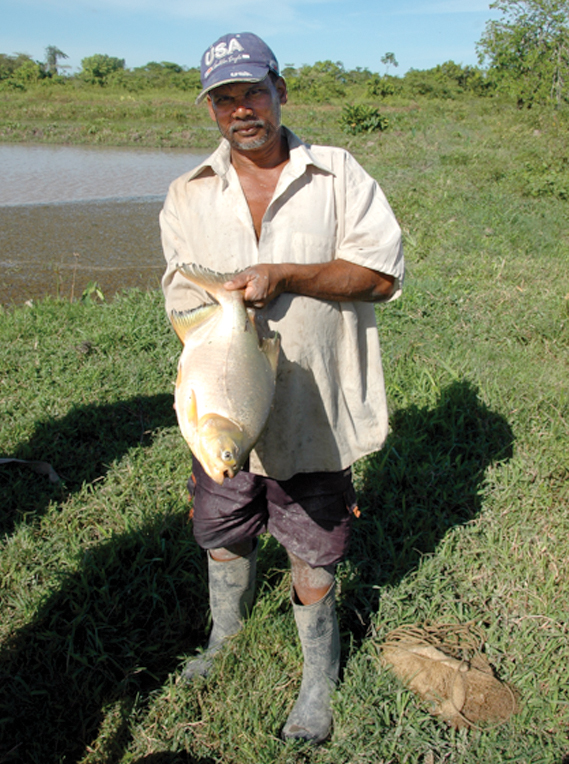
Health & Welfare
A look at aquaculture in Guyana
With its large quantities of water and little industry to pollute it, Guyana has the potential to become a greater player in global aquaculture.
Responsibility
Recirculating systems, where probiotic, heterotrophic bacteria compete with pathogenic bacteria, can operate without antibiotics to produce tilapia and shrimp.

Health & Welfare
With its large quantities of water and little industry to pollute it, Guyana has the potential to become a greater player in global aquaculture.
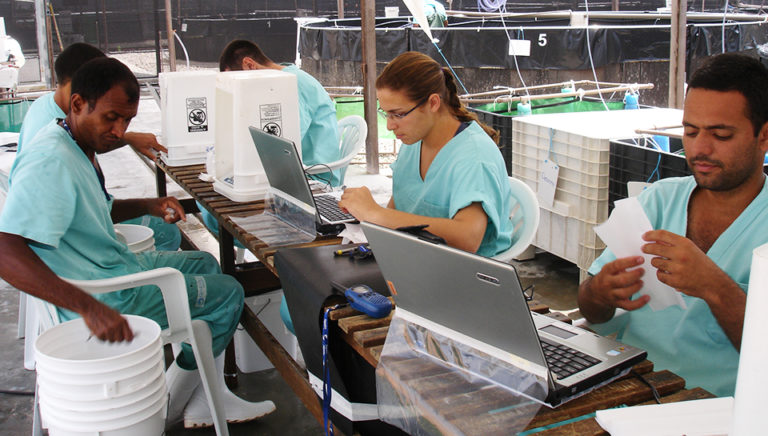
Health & Welfare
In Brazil, shrimp hybrids – crosses of imported specific pathogen-free lines and a genetically improved and locally adapted line – outperform their parents.
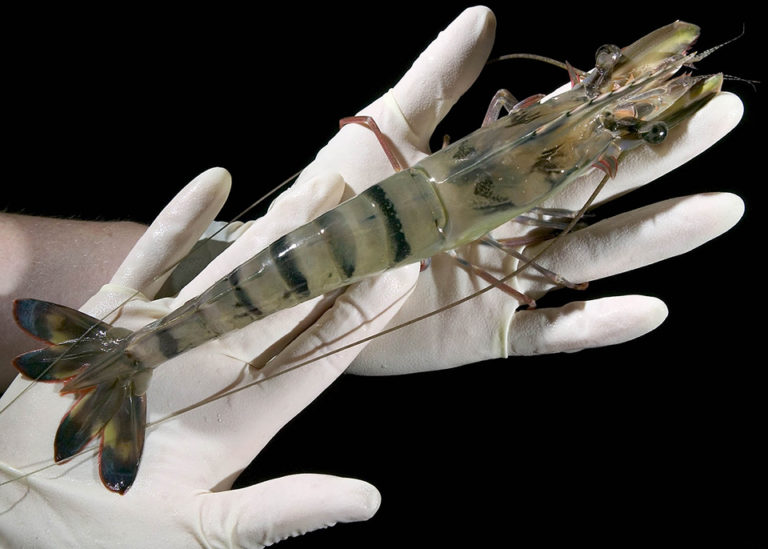
Health & Welfare
Once satisfactory performance is demonstrated in commercial larval rearing and grow-out, automated induction will finalize the triploidy commercialization.
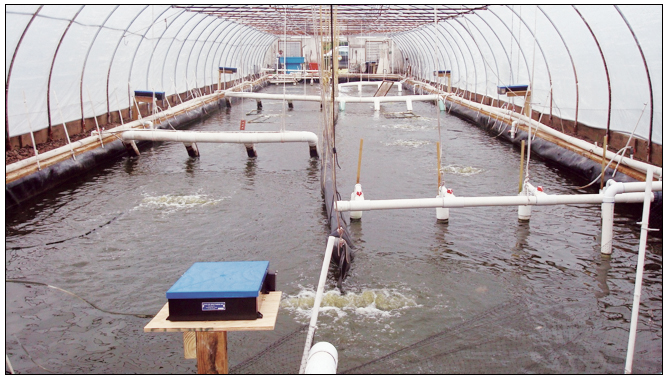
Responsibility
As an alternative to pond production, U.S. scientists have developed bio-secure greenhouse-enclosed raceways for intensive shrimp production with limited water exchange.
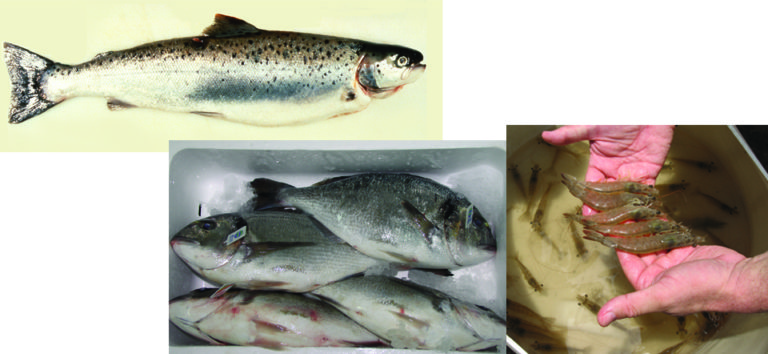
Health & Welfare
The continued application of genome research to aquaculture will provide unprecedented accuracy for genetic selection of performance and production traits.
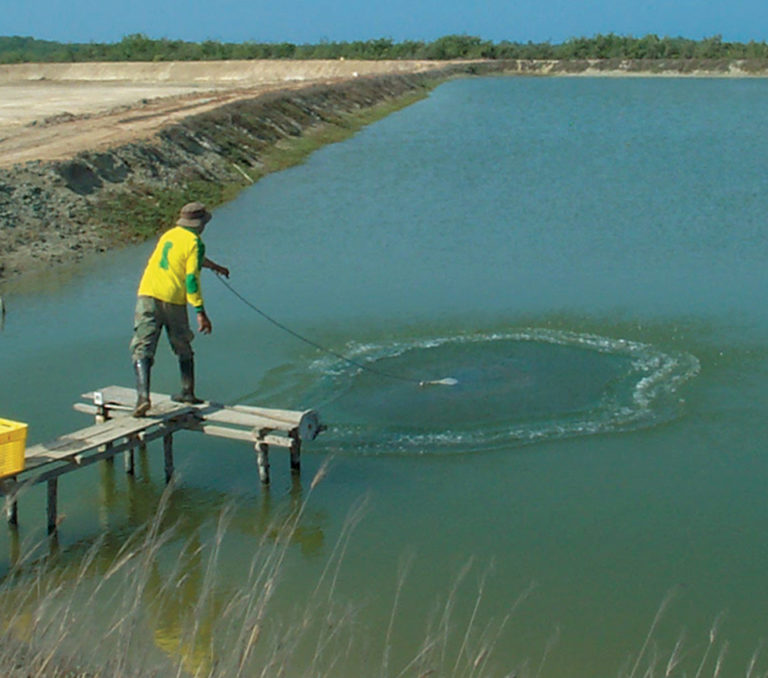
Aquafeeds
Shrimp farm trials demonstrated the feasibility of fishmeal replacement with soybean and corn gluten meal with little adverse effect on production performance.
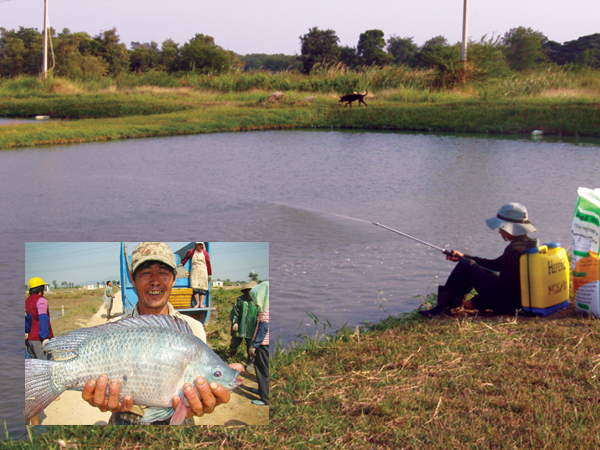
Health & Welfare
The chemical communicators pheromones can be used to induce increased feeding activity in a range of farmed species. Preliminary commercial testing with pheromone feeding stimulants sprayed onto the surface of water prior to feeding found better feed utilization in fish and better water quality. Pheromone applications also produced shrimp that were 30 percent larger than the control shrimp and had a significantly faster rate of growth.
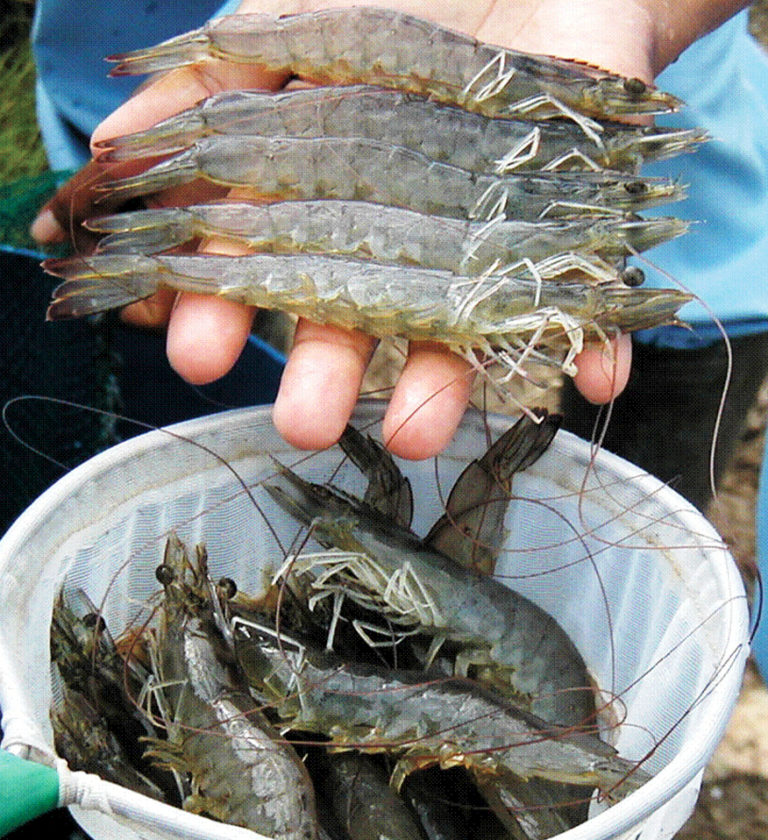
Responsibility
Todays' shrimp farm technologies include biosecurity protocols, stocking densities according to pond design and aeration levels, and best practices for pond preparation and feed and water management.
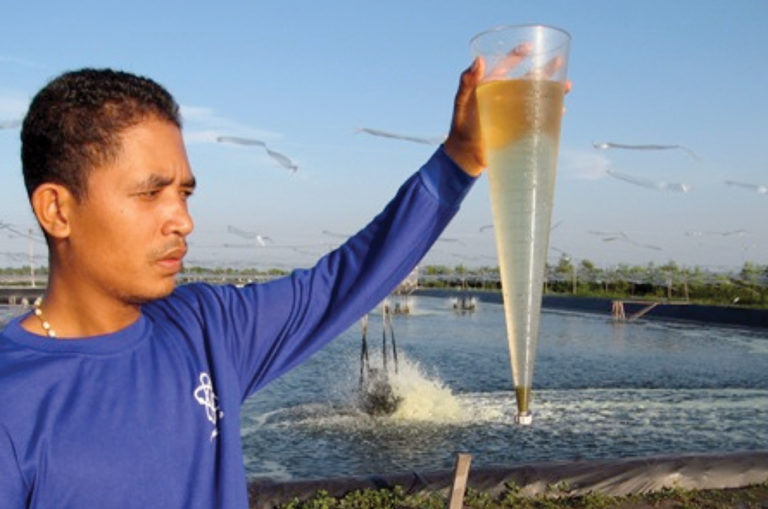
Health & Welfare
In a study in Indonesia, increases in efficiency in power use resulted from the combined application of biofloc technology and partial harvest.
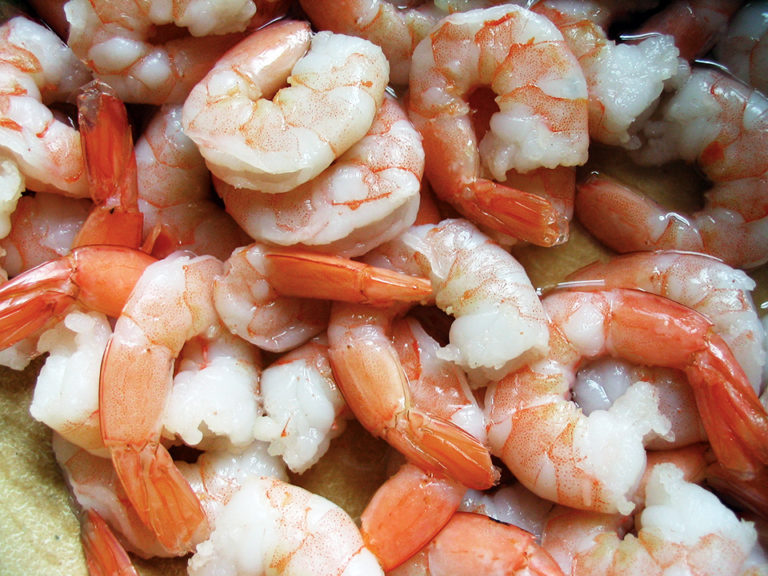
Intelligence
Properly used moisture-retention agents with salt protect the natural moisture levels of shrimp. The amount of sodium added to shrimp should be limited to that needed for good flavor and yield.
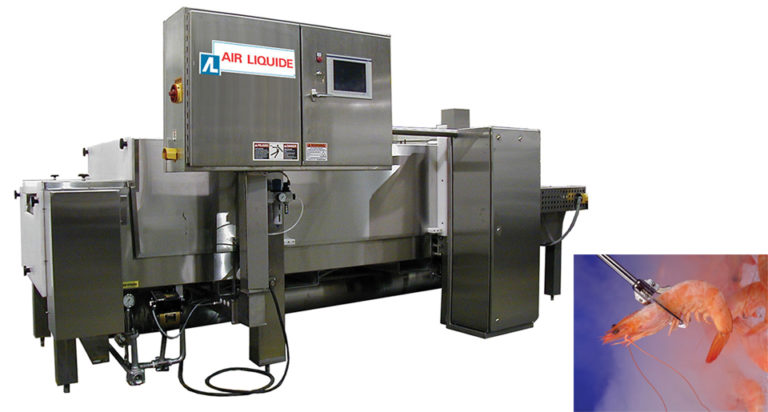
Intelligence
Freezing is a preferred method of preservation for shrimp because the sensory and nutritional quality of the food is maintained.
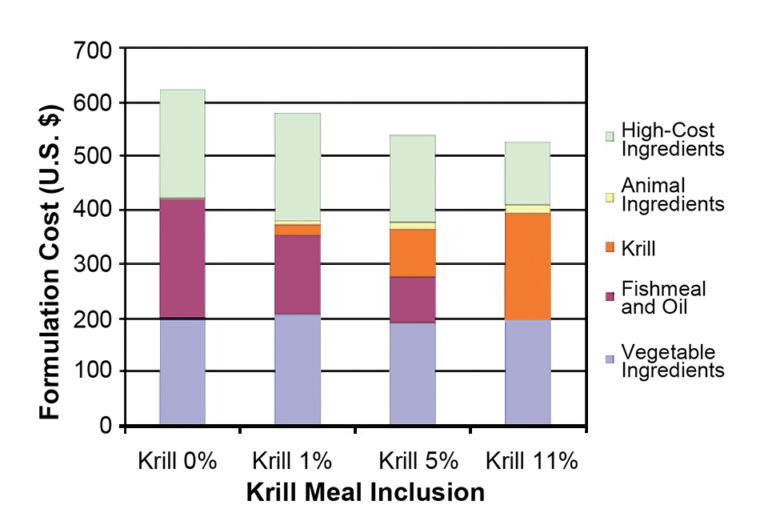
Aquafeeds
In a study, krill meal incorporated into shrimp diets replaced fishmeal and soy lecithin with no significant effect on shrimp performance.
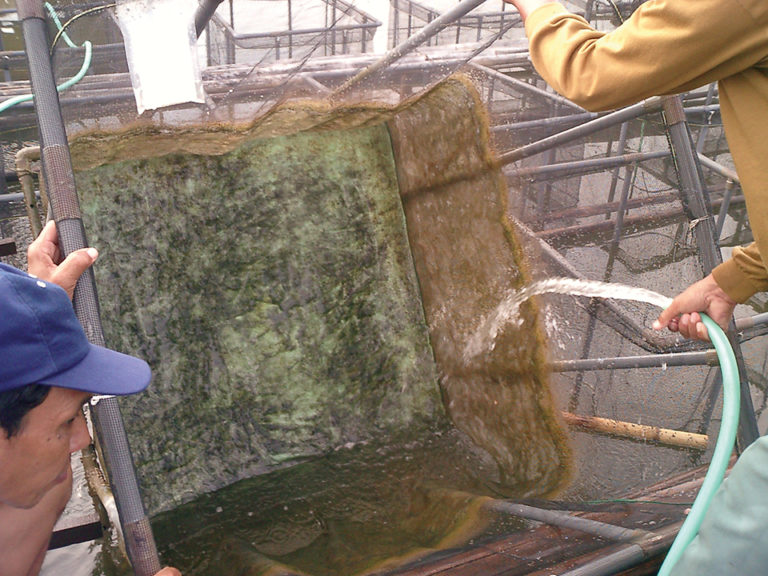
Health & Welfare
By comparing the growth of shrimp fed different diets in big versus small net pens, trial results suggested that shrimp could compensate for lower diet quality by grazing on the algae growing on the surfaces of the net cages.
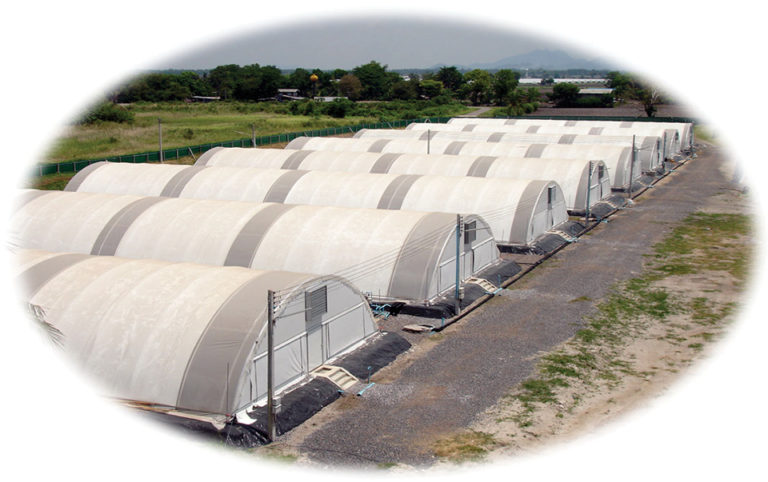
Health & Welfare
The foundation of a successful integrated aquaculture company is reliable production of healthy postlarvae. Methodical breeding selection of the offspring from carefully managed broodstock can lead to improved disease resistance and higher growth rates.
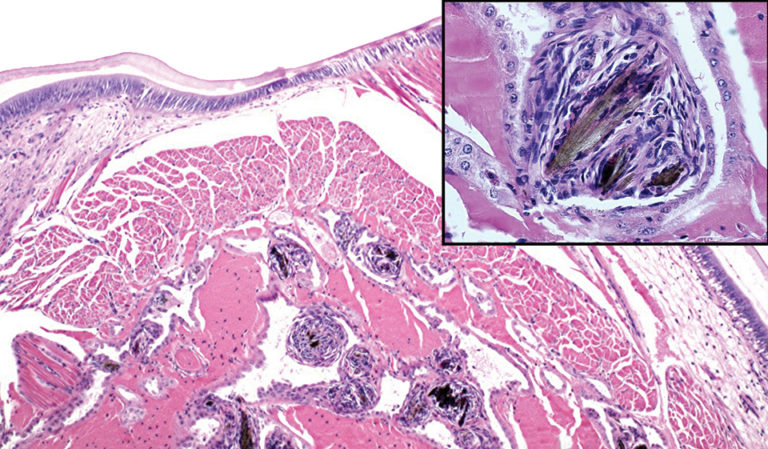
Health & Welfare
Although histological studies of shrimp that consumed feed with the suspect ingredients found crystals of salts of melamine in antennal glands, the crystals did not affect the shrimp.